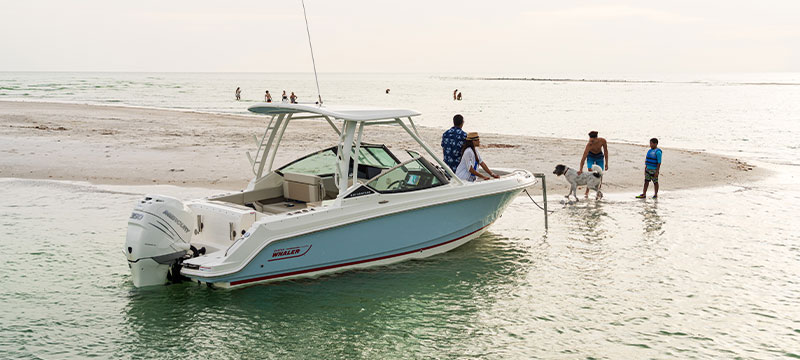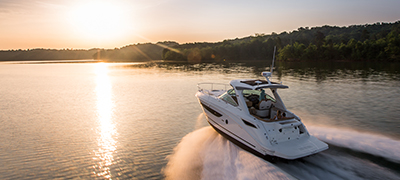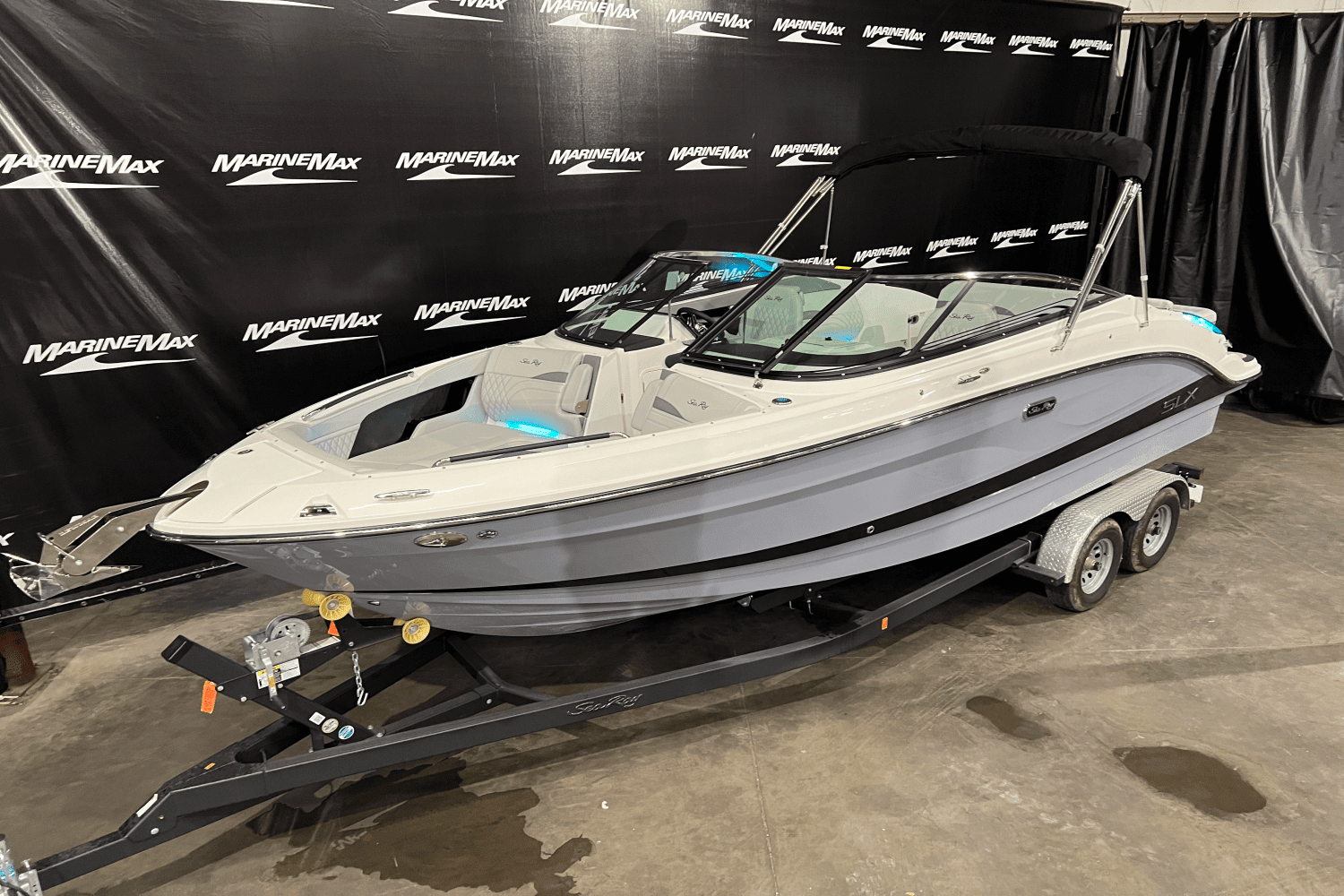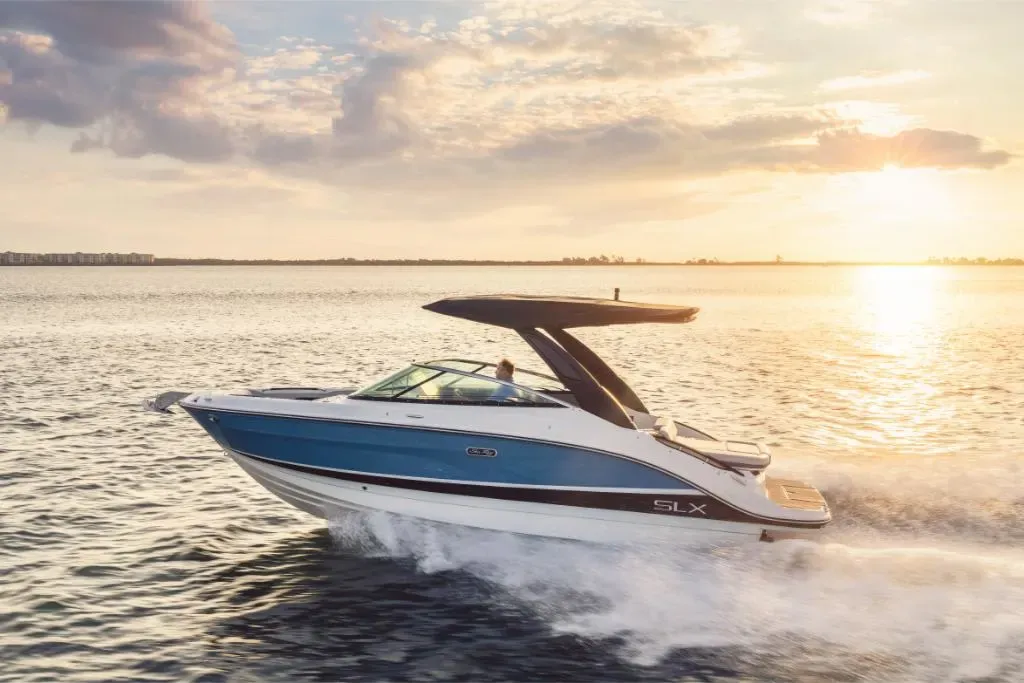Boating Tips: Boat Lighting
Boating Tips
Boat Lighting
Navigation Lights: The Beacon of Safety
One crucial aspect of nighttime boating is ensuring that your navigation lights are on. Captain Keith emphasizes the importance of having these lights, and he provides a detailed explanation of a dual-position switch. This switch controls the port and starboard backlights as well as the stern light. He also highlights the significance of the white anchor light, which signifies a boat at anchor. It's a simple yet vital reminder that can make a significant difference in avoiding potential collisions.
Interior Lighting: The Balance Between Visibility and Safety
Just like driving a car at night, boaters need to be mindful of their interior lighting. Captain Keith parallels the glare from map lights in a boat and the potential danger they pose. He demonstrates the importance of having adjustable lights, such as a red light, which preserves visibility outside the boat while allowing for tasks inside the helm. This tip ensures that boaters maintain situational awareness without compromising safety.
Light Bars: Illuminating Responsibly
While light bars can be incredibly useful for lighting up docks or channel markers, we caution against using them while in motion. These powerful lights can blind oncoming boaters, potentially leading to accidents. The key takeaway is to use light bars judiciously, focusing on stationary targets when needed, such as a dock or a channel marker during docking.
Handheld Spotlight: A Tool for Confirmation, Not Constant Use
Handheld spotlights can be very useful for verifying markers and landmarks. Like light bars, spotlights are not meant to be used constantly while underway. Instead, they serve as tools for occasional confirmation, helping boaters navigate safely through the waters without causing unnecessary glare.
Tools for Situational Awareness: Beyond Lights
In the ever-evolving world of boating technology, Captain Keith suggests exploring tools like thermal vision and radar for enhanced situational awareness. These tools can be invaluable additions to a boater's safety toolkit, offering advanced capabilities beyond traditional lighting systems.
Conclusion:
The message is clear – safety first. Whether you're cruising under the stars or anchored for the night, following these guidelines can help ensure a safe and enjoyable boating experience. So, remember to keep it dim, use proper navigation lights, and explore the array of tools available for enhanced situational awareness. See you out on the water, and happy boating!
Check Out Available Boats

Find Your Perfect Boat Today

Sea Ray





